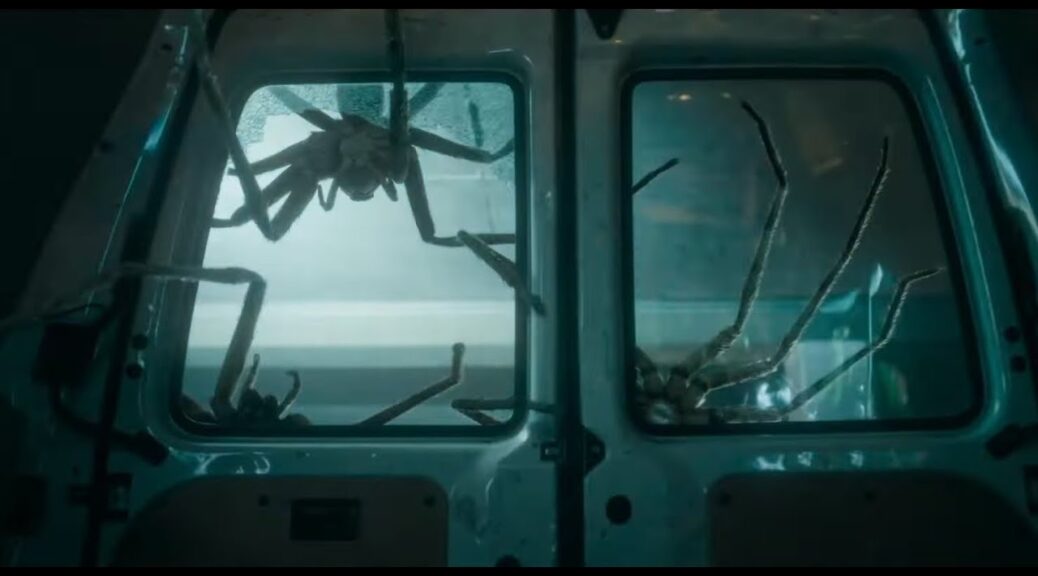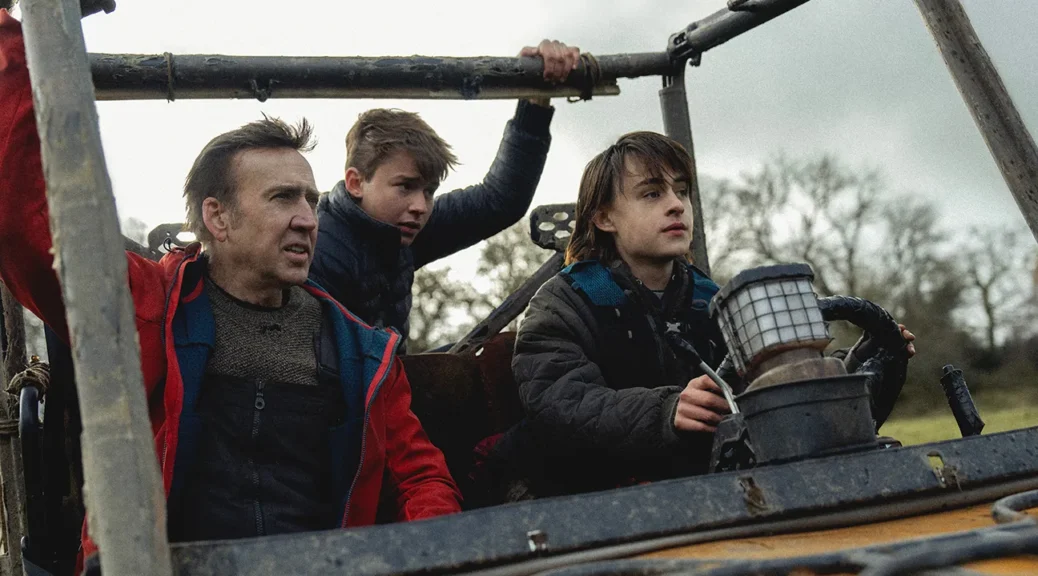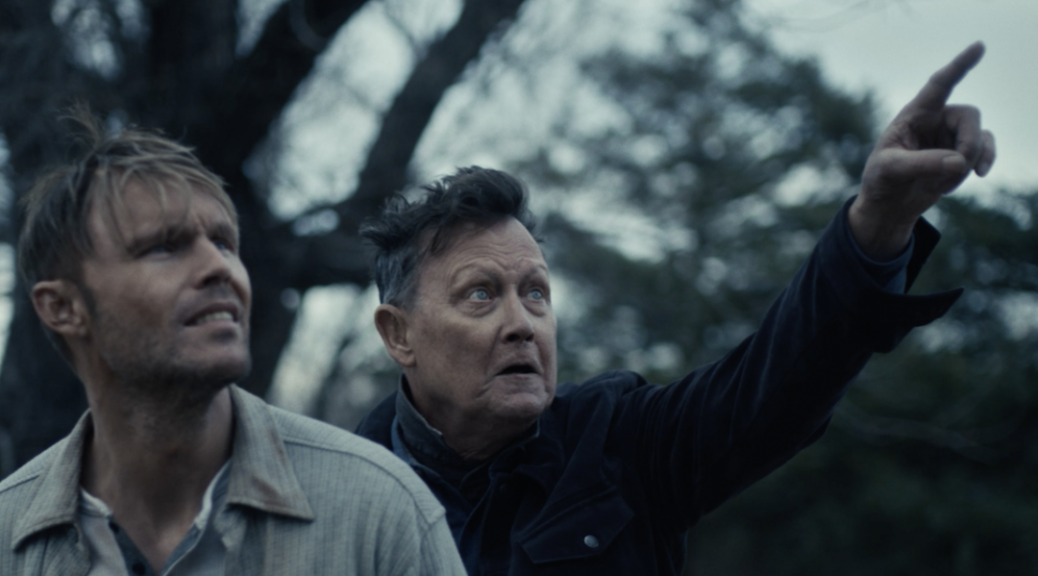Nightwatch: Demons Are Forever
by Hope Madden
Thirty years ago, Danish writer/director Ole Bornedal made a taut thriller about the night watchman in a medical facility who stumbles into a lurid crime spree. Three years later, he made Nightwatch again, this time in English. And now, fully three decades hence, he hits those of us who remember either of the earlier films with a sequel: Nightwatch: Demons Are Forever.
Back in the day, Martin (Nikolaj Coser-Waldau) took a job as overnight security to help pay for law school. Today, his daughter Emma (Fanny Leander Bornedal) does the same. Yes, she needs the money—since her mom’s suicide, her dad Martin is mainly drunk or pilled up and hasn’t worked in ages. But Emma has added reason. She just learned that her dad was involved in the famous serial killer case that ended in the building morgue.
Emma now blames the trauma for her mother’s suicide and her dad’s inability to cope, but her digging around has opened up a whole mess of new problems. Or old ones.
The filmmaker moves ably from the existential crises that fueled his original film to the ripple effects of trauma. He treads enough of the same beats to create an eerie echo of the past, but veers in mainly sensible new directions.
We do get to spend time with the majority of the original cast, though most of them appear for a scene, maybe two. Coser-Waldau anchors the sequel. Far from the wide-eyed youth who was so malleable thirty years ago, Martin is now barely functioning but earnestly interested in doing right by his daughter.
The filmmaker’s own daughter cuts a compelling contrast as Martin’s daughter. Determined and a little raw, Emma makes some rash decisions, but they never feel like dumb choices in service of a thriller’s scares. They feel like passion and impatience.
The mystery itself begins strong with an increasingly interesting perpetrator (Casper Kjær Jensen, tender and terrifying), but eventually devolves into something too pulpy and familiar. Still, Ole Bornedal has not lost his touch with the claustrophobic terror of being trapped inside a medical facility.
If you loved the original (or ‘97s solid remake with Ewan McGregor), Nightwatch: Demons Are Forever delivers bittersweet closure. But it’s an entertaining if not fantastic watch for thriller fans new to the franchise as well.













